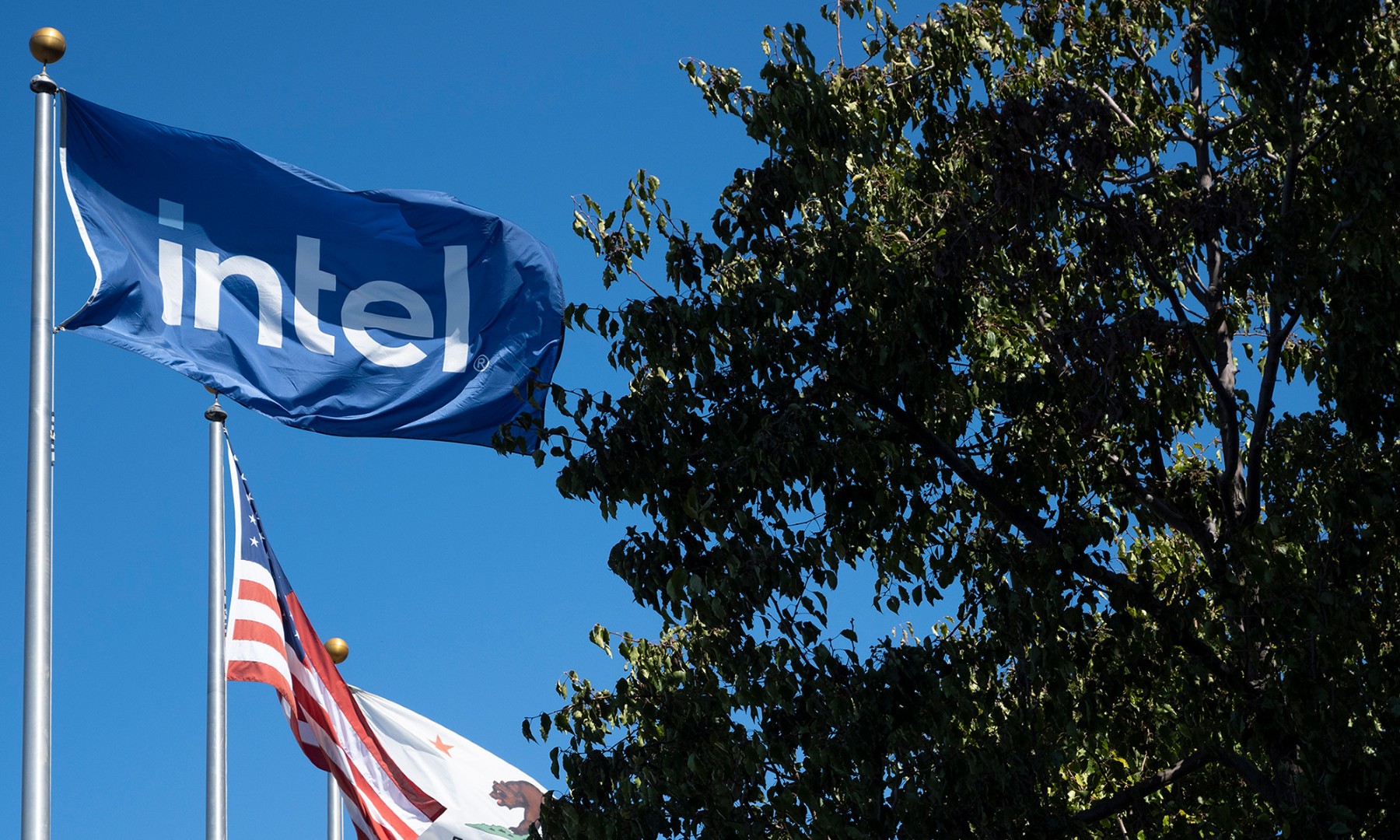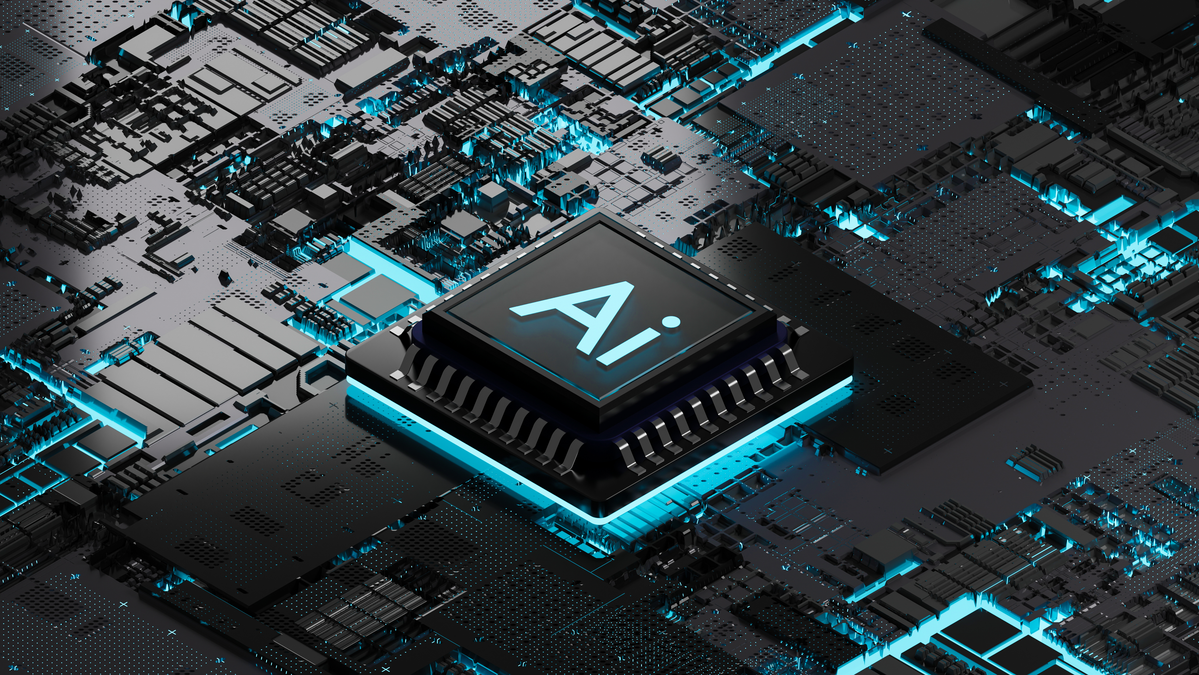The Fool heads out to Vegas to check out the 2014 International Consumer Electronics Show. With more than 3200 exhibitors, including 88% of the top retailers in consumer electronics, the CES is the place to be to see what's coming up in tech.
Last year it was Ultrabooks, and this year it's two-in-one devices, with more than 20 varieties on display at Intel's (INTC 1.06%) CES exhibit. Will the convertible devices unlock the mobile market for Intel, or has the tablet ship already sailed?
Thanks to an uncanny ability to identify key trends in technology, David Gardner has established a market-thumping track record. Investors have seen a slew of storylines coming out of CES 2014, but the real challenge is recognizing where the opportunities truly lie. Click here to get David's latest thinking on where you should be invested to profit on the future of technology.
A full transcript follows the video.
Eric Bleeker: Hey, Fools. I'm Eric Bleeker, joined here by Evan Niu, who heads up our technology coverage. We are at Intel's exhibit at the front. It's everywhere; they have a giant sign with two-in-one computers. They've got more than 20 on display.
Really what we're seeing is, last year they were pushing Ultrabooks, so two-in-ones is kind of a twist on that. Basically, push the form factor even more toward tablets. What are you seeing from two-in-ones, and do you like what you're seeing?
Evan Niu: I think we're seeing just more momentum of the trend we've been seeing over the past year; all these OEMs really trying to push these hybrids, convertibles, trying to blend that line farther. Intel is really pushing hard, because I think that's probably their best angle to get into the mobile side of it.
Obviously, like you said with Ultrabooks ... Ultrabook is just a laptop, and they're super expensive. I don't think they're making as much traction as they'd like to, so the next angle is to try and get into tablets with these two-in-ones. Some of the form factors here are pretty nice, well-made, but I think again the real issue is down to some of the compromises that come with some of these devices.
Eric: Yeah, and I would say on that, some of the form factors are nice. Some are awful. There are some where the actual screen for the computer was always exposed, the detaching factor on the screens always isn't very pleasant. I can't see, really, consumers coming toward that when tablets -- especially some of the accessories with those -- have been so firmly established.
It feels like an iteration on Ultrabooks, but with those not picking up traction, I haven't seen a lot here, personally, to make me feel like two-in-ones are going to be worthy of all the buzz they're attracting.
Evan: Well, I see the storyline; if you remember back to the original iPhone, the whole picture was, "Hey, instead of carrying a music player and a phone, you can carry one device." That's kind of the exact same picture; instead of carrying a laptop and a tablet, you carry one. But now I think it just comes down to execution.
Eric: Yeah, and a lot of people don't really carry both anymore. They just carry tablets for a lot of their trips, so that's part of the problem as well. It might be too late.
Anyway, that's it for our look at two-in-ones. For all your tech coverage, check back to Fool.com. Fool on!






